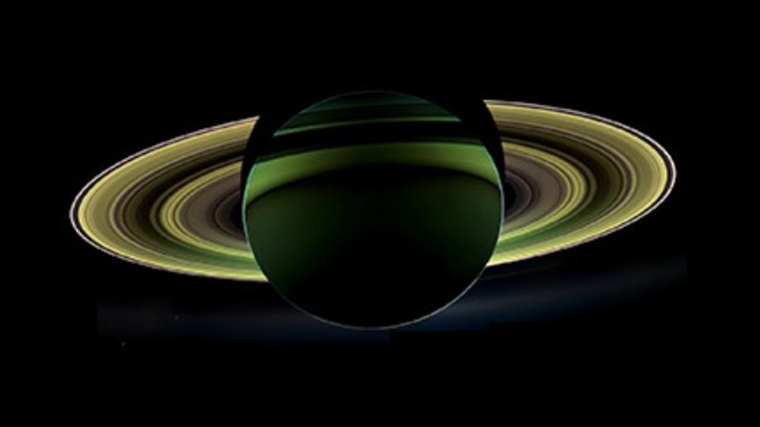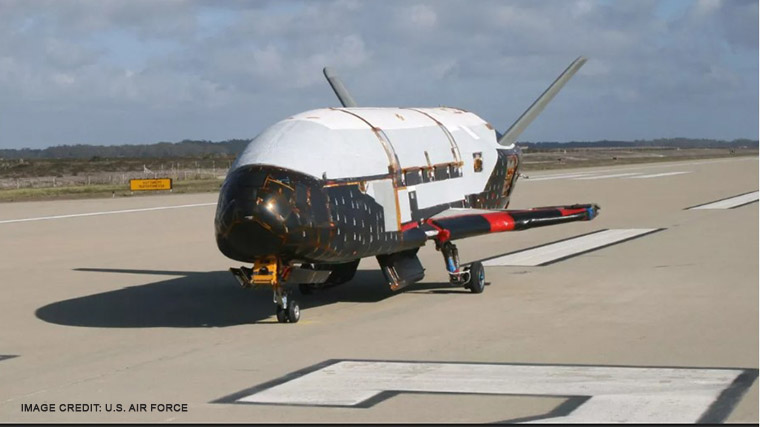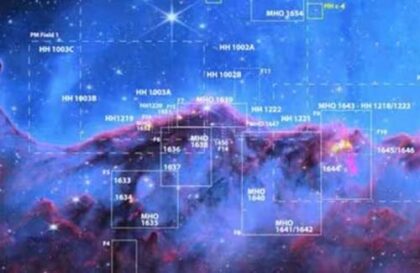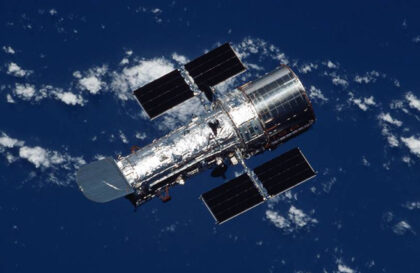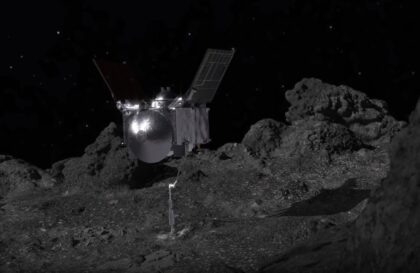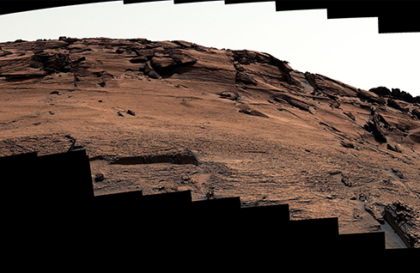The approximate radius of the solar system is 30 trillion kilometers. Mankind has discovered 316 minor planets 8 of which everyone knows. We know exactly what they look like, and how far from the Earth they are, everything else is speculation.
To study other planets, one of the most significant missions was Cassini-Huygens, whose goal was to study Saturn and its satellites.
On October 15, 1997, Cassini was launched by NASA, a $3 billion school bus-sized facility.
To launch such an object, it was necessary to use the gravity of 3 planets, it passed near Venus twice, then rushed near the Earth at a speed of 69 thousand km / h, and only a year later gained the required speed passing by Jupiter. Its mass is 5710 kg, of which the fuel made up more than half of the weight, every month it became lighter (because the fuel reserves decreased every day).
Saturn devours its rings
After flying 3.5 billion km., Cassini approached the rings of Saturn, consisting of billions of pieces of debris the size of a fingernail to a huge building. A collision with the smallest fragment was enough to destroy the apparatus. But the device passed through the rings – it was possible to establish that all the rings are different, the thicker the ring, the older it is. The approximate weight of the rings is 15,400,000,000,000,000 tons. Most likely, Saturn’s gravity breaks icy satellites and comets, and rings form from their fragments.
In 2004, the device photographed the outer ring, in which there were small satellites. Cassini was able to fix the formation of a smaller system within the system. Thanks to this, we can learn how planets form in protoplanetary disks.
And another shocking discovery – Saturn is devouring its rings. A hurricane goes from the rings to Saturn, and Saturn devours up to 45 tons of ring matter. Cassini recorded the dynamics of the change of rings – the D and C rings are going to disappear, they will disappear in less than 700 thousand years.
Cassini recorded an incredible storm at the planet’s North Pole. Its diameter is 32 thousand km, and the speed is 150 m/s, it has a hexagonal shape, and it is 50 times larger than a hurricane on Earth, The smooth walls of the vortex go deep into the atmosphere to a depth of 100 km.
Saturn has 82 moons with a confirmed orbit
Hyperon is a natural satellite, similar to a 360-km potato, consisting of rocks and ice. Its porous surface is explained by the low density of the planet, so 60% of the planet consists of ice, rocks, and metal impurities, the rest is the cavity that we see.
Tefi – has red stripes on its surface. Their origin is unknown, as painted. One of the versions is huge cracks formed on the satellite. It seems that Tefi is splitting something from the inside. It is not known what it is – hot lava or unique chemical components?
Titanium – its study was done with the help of a special Huygens probe launched into the foggy atmosphere of Titan, which passed into the layers of the satellite’s atmosphere.
The thermal shield of the probe warmed up to 1500 thousand degrees, but the probe survived and landed, before that no one knew what surface the probe would land on. The surface of Titan is a hard surface, under which is a soft and light substance. Titanium is the best factory for the production of organic compounds. The satellite is covered with a layer of solidified carbohydrates resembling gasoline. The assumption is that if we dig a mine on Titan, we could provide the Earth with oil for thousands of years.
Titan’s atmosphere is predominantly nitrogenous, which is a suitable place for life. It is too cold, but it has deep lakes that are thousands of years old. The reservoirs are filled with methane and ethane with a temperature of -180 C.
The change of seasons on Titan lasts for 7 Earth years. Presumably, Titan will be used as a galactic resource extraction station.
Scientists have stumbled that there is life on another moon of Saturn. Enceladus – Covered in ice but shining like a lamp, its surface reflects more light than any other body in the solar system.
It has geysers that throw water vapor and ice into space. The temperature at the South Pole turned out to be much warmer than previously thought. It is enough to melt the ice and turn it into water. The nature of the origin of this heat is unknown – either radioactive elements are hidden inside, or the heating occurs due to the powerful gravity of Saturn. Enceladus has – heat, water, and organic molecules – which is a necessary condition for the origin of life. Perhaps just under a few meters of ice, living organisms unknown to mankind are hiding, which feed on organic compounds and multiply with an analog of DNA unfamiliar to man. The mystery remains unsolved. Today it is the most promising place to search for extraterrestrial life in the solar system.
“Grand Final” Cassini mission
20 years have passed since the launch of the satellite. The last stage of his life is called the “Grand Final”. He made 22 flights between Saturn and its inner ring, sending photos and broadcasting live, he burned up in the atmosphere, but we got incredible facts about Saturn and its moons.
A new space project Titan Saturn System Mission is already being prepared, this project will take place before 2029. It will follow the path of Cassini and in 9 years will approach Saturn. Its mission is to send samples of Saturn’s moons back to Earth.
